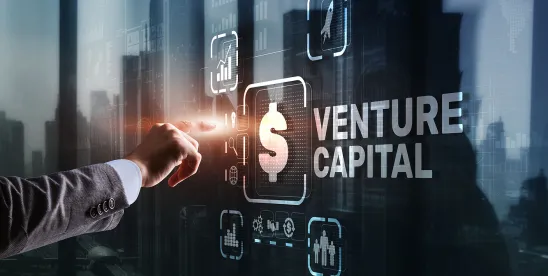As we pass the midpoint of 2025, it’s timely to look back at what we saw in the first half and reassess the road ahead. Were our predictions from the beginning of the year on the mark, or did we get it wrong? What do we think now?
In a word, we got it all wrong. To say that the first half saw massive volatility and unprecedented uncertainty would be an understatement, or worse, a star appearance from “Captain Obvious.” Venture capital investment started euphorically and was then stunned by a machine gun fire of presidential orders, waves of tariffs not seen in a century, active war, heightened Cold War, and societal upheaval. This was all topped off by one big “beautiful” bill to permanently extend certain tax cuts, make some other new temporary tax cuts, and crystallize the new administration’s budget priorities.
As we kick off the summer, we are in a new paradigm, and we are just beginning to understand what it means.
To that end, PitchBook has released a mid-year update to their 2025 US Venture Capital Outlook, revisiting their predictions and taking a look at what has shifted this year.
In early 2025, PitchBook analysts were expecting a rebound in liquidity with a strong public market coupled with many companies waiting to go public. Then came tariffs, which have greatly impacted the VC space, leading to “turmoil in the IPO market.” PitchBook now says “a return to a normal liquidity environment in 2025 now appears unlikely.” They anticipate that the IPO market will continue to be slower as we move through the rest of the year.
With that said, we did see a few phenomenally successful IPOs this year, although not as many as were expected. They point to eight successful listings in which valuations were over $1 billion. This includes Circle which had a monster IPO in June, and its shares have now surged almost 500% from the IPO price. Circle shares more than doubled in just the first day of trading and have continued an upward trajectory since. CoreWeave and Chime are also among the companies with blockbuster IPOs this year. So, while we have not seen the kind of IPO rebound predicted, we are still seeing success stories emerge.
There has also been some shifting in M&A trends, with VC-backed companies becoming “significant buyers in the market.” PitchBook notes this is particularly the case for well-funded AI startups. Their data shows 36% of M&A transactions so far this year included a VC-backed company as the buyer. Interestingly, even with the uncertainty of 2025, 372 transactions have closed YTD, and they predict that if this stays on track, this year will narrowly pass 2024 numbers. This will likely be driven by smaller acquisitions as we still wait on the kind of regulatory shifts that would drive larger transactions.
PitchBook analysts also expected that the secondary market would play a larger role in VC this year, and at the six-month mark, that outlook is tracking as expected. The secondary market has continued its expansion, with their current estimate of the US VC direct secondary market ranging from $48.1 billion to $75 billion. This is significantly higher than their 2024 estimate. They feel that as we move forward, it is highly likely that growth in secondaries will continue, with “further maturation of the VC secondary market” predicted as investors look for liquidity in lieu of an IPO or acquisition.
In terms of fundraising, many predicted that activity in 2025 would surpass the levels we saw in 2024. So far this year, fundraising activity has remained subdued, with data showing only $23 billion raised YTD. The original projection was $90 billion for the year, so this is tracking well below that level. And if you take out a few mega-AI financings from the big hyper-scalers, it was even more subdued.
Ultimately, while 2025 has diverged from early expectations, we are not at a complete standstill. As investors recalibrate strategies and founders face shifting conditions, the rest of the year will be a test of agility and long-term vision. Opportunities still exist for those positioned to seize them.
One last note: from what we see and hear on the ground anecdotally from Silicon Valley, a backlog of successful, growing technology companies are lining up to get ready to go out as soon as the window opens. Hopefully the second half is better than the first.





 />i
/>i

